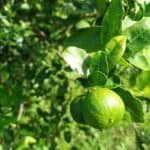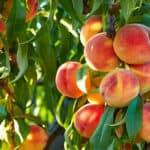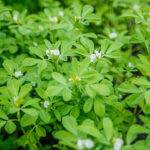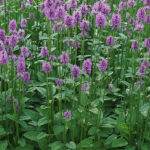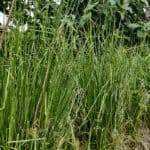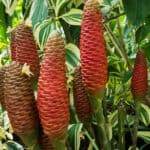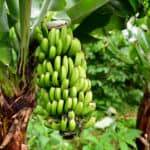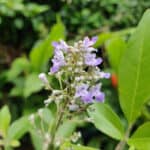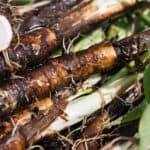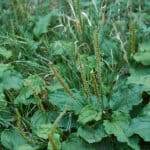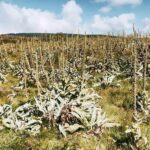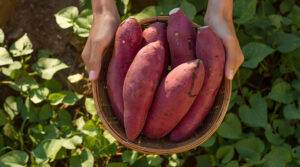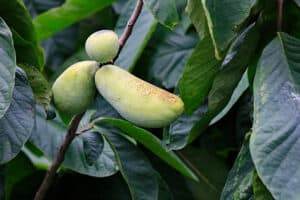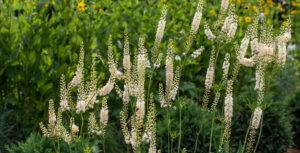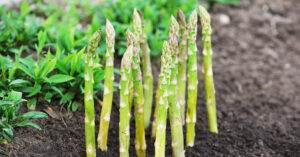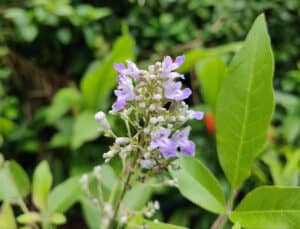Growing Arabica Coffee – Farm to Cup!
Have you ever wondered how coffee is grown and processed? Coffee is one of the most consumed drinks worldwide. But many people do not know how the coffee plant becomes a tasty cappuccino.
In fact, coffee is the second highest exported commodity in the world after oil! Small farmers around the world have been exploited for many years by big companies who make large profits off selling the bean.
Unfortunately, the farming of coffee has contributed to major losses of biodiversity in critical forest regions. These are all reasons why we should grow our own organic coffee beans whenever possible.
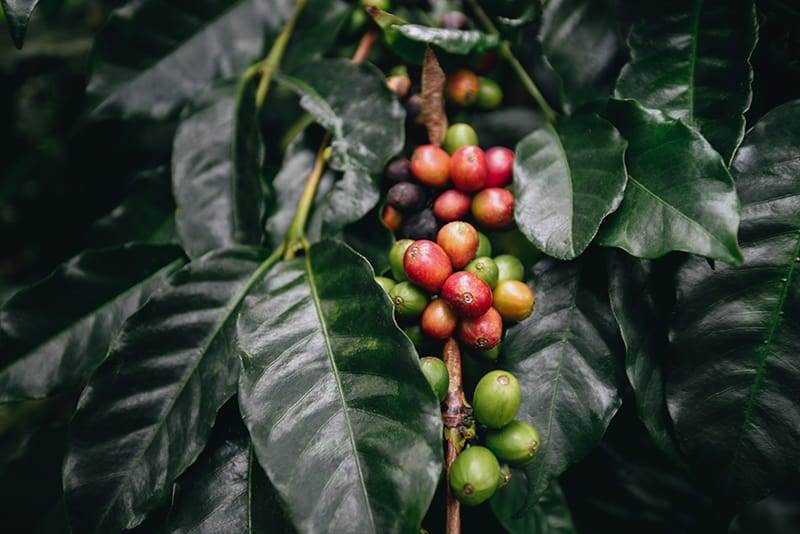
The first coffee trees grew in the Kaffa (coffee) region of Ethiopia around the 5th century. At that time, however, it was not consumed. It was only until a farmer named Kaldi noticed his goats eating the red berries off the trees that humans decided to try it.
He gave the berries to the local Islamic leader who drank it and felt a strong mental clarity after its consumption! Ever since then, people took interest in cultivating this plant.
The first large scale coffee farms started in the Yemen area of the Arabian peninsula. By the 15th century, Arabic nations were consuming coffee on a daily basis. It was also around this time that Arabic coffeehouses started to form.
After that, traders from all around the world learned about the charm and deliciousness of a fresh cup of coffee. This is when other countries like India and Indonesia started to grow it.
Since I drink coffee every day, I decided it was important to grow it myself.
According to John Hopkins Medical Center, “Coffee is full of substances that may help guard against conditions, including Alzheimer’s disease and heart disease.” So it’s good for your health and it helps you stay more alert!
Coffee only grows in specific climates. There are many different varieties of coffee- so it’s important to know which one you want to grow.
Each variety will have different growing characteristics and needs. Today, we will focus on how to grow Arabica Coffee (Coffea Arabica). Arabica is one of the most popular species that you will find in your morning cup.
It is smaller than other coffee varieties, reaching between 3-5 meters (9-15 feet) tall at its maximum height. The canopy spreads around 2-3 meters (6-8ft).
Arabica is able to tolerate cooler temperatures. So this makes it a better choice for an indoor grow in a temperate climate.
The coffee plant cannot tolerate frosts, so it’s crucial to grow inside if you live in a cold climate. Once the seedling is around 2-4 years old, it will start producing the red cherries which become the beans we drink.
A coffee tree can live up to 100 years! But will be most productive between the ages of 5-15 years old. You will get one harvest per season.
Let’s get into the details on how to grow coffee in your garden!
Propagation and Planting
While it’s possible to start a coffee tree from seed, it is much easier to do it from a cutting or a seedling. If you want to start it from seed you have to use the raw beans.
The beans that you use to make coffee are already processed and roasted. They will not sprout.

You need to harvest the green bean from inside the red cherry fruit that comes on the tree fruit. In order to do this, remove the bean from its fruit skin and soak the bean for 24 hours to remove any residue. Then you need to let the beans dry for a few weeks before you can try to sprout.
A much easier route is to take a sapling from a farm or take a cutting from an existing tree. We will cover how to do both methods now.
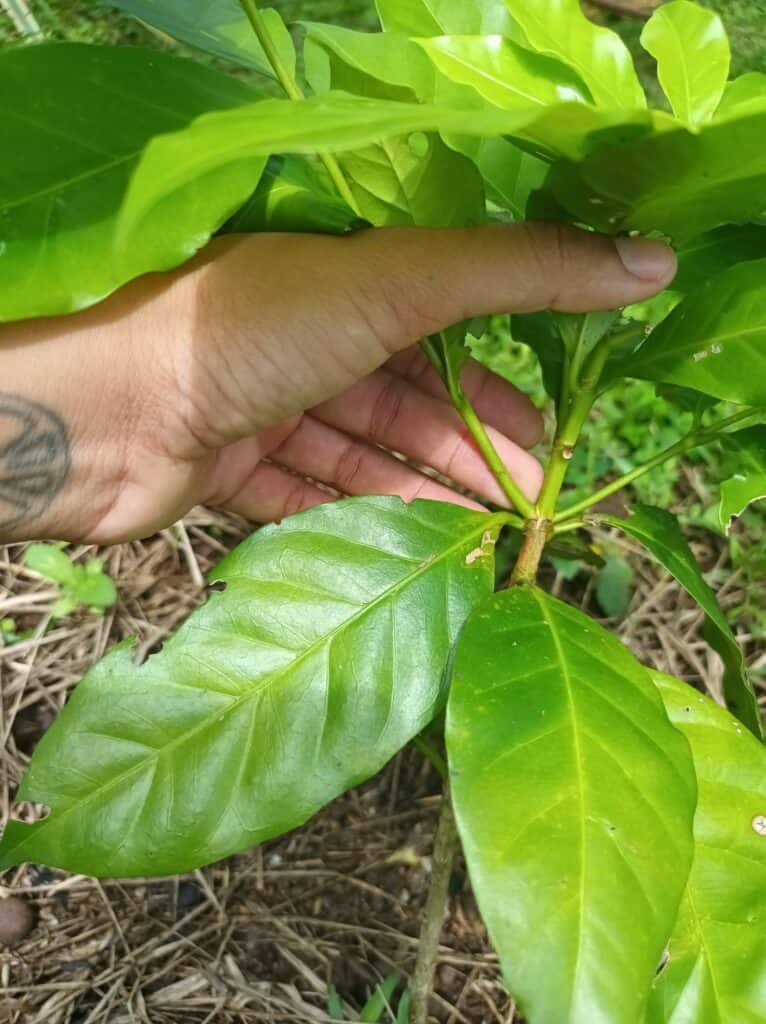
If you want to take a cutting from a tree, make sure to find a straight shoot coming off of the main branch. Ideally, this shoot should be between 8-10 inches long with a ¼ inch of branch diameter. Make a clean cut and remove around ⅓ of the bottom leaves.
You can use a rooting gel to stimulate the process before putting it into soil. Put the cutting into a clear pot filled with well-drained soil. Continue to water every day until you see roots starting to form.
Once the roots look strong and abundant, you can transplant it to its more permanent home. This process could take around 2 months.
If you are growing in a pot, make sure to choose a size that will allow for the coffee tree to keep expanding. When the plant gets too big for the pot, you will need to transplant into something bigger. A pot should be at least 1-2 feet in diameter to accommodate a larger plant.
Another option is to purchase or get a sapling from a friend. In this case prepare your soil with compost, topsoil and sand and carefully place the root ball firmly into the soil.
Growth and Care
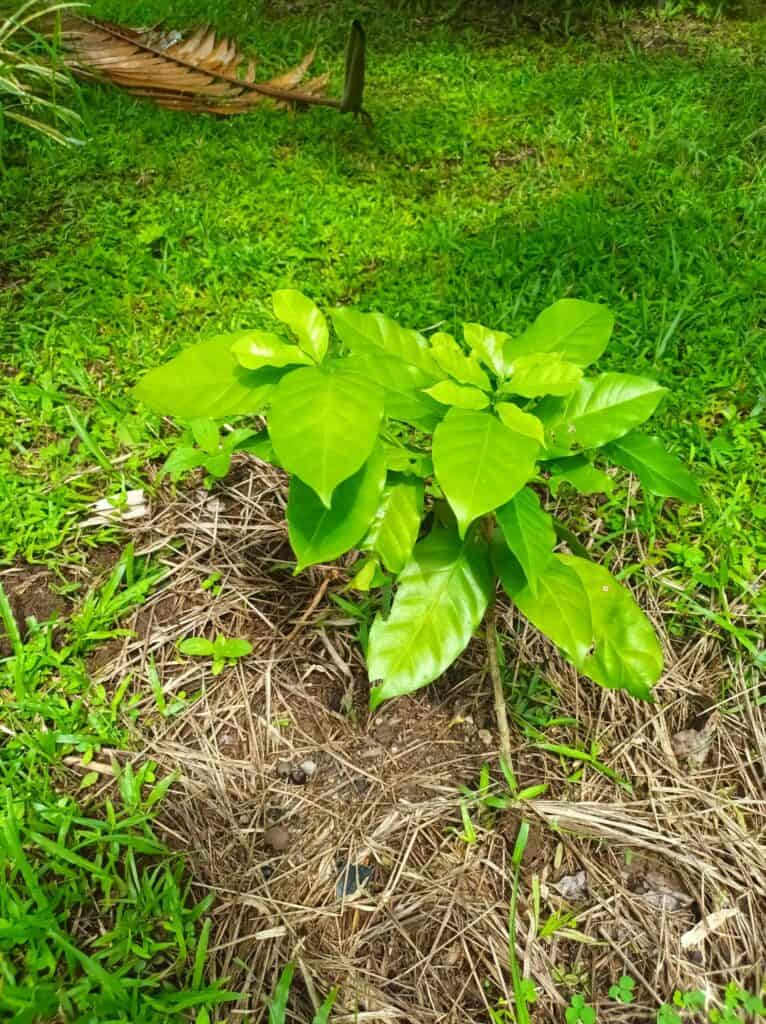
Once your coffee plant is big enough, you need to make sure it has the right growing conditions to thrive and produce fruit . Typically, coffee grows in highland regions where the temperatures are hot during the day and a little cool at night.
That is why they are found in tropical regions with high altitudes. It prefers to be in a slightly acidic soil between 6-6.5. Make sure you test your soil before planting.
As for sunlight, coffee trees do not like direct sunlight. It is too strong and can burn the leaves. It is best to place them underneath trees that can provide filtered sunlight.
This is why coffee can be used at the secondary level of a food forest. The canopy from taller plants will provide necessary shade. However, be sure that the other plants do not completely block the sun from the coffee trees’ leaves.
They still need between 6-8 hours of filtered sunlight per day.
Coffee plants like high humidity and moisture, so make sure to not let the soil dry out between watering cycles. If you notice that the edges of your plant leaves are browning, it could be a sign of overwatering. When the leaves are dropping and look lifeless, you should give it more water.
It is important to feed your coffee plant consistently because they are heavy feeders. You can water it with a light organic compost tea every few weeks. Apply your fertilizer directly to the roots of the trees and avoid it from touching the leaves and stems.
Pruning can be done once a year to shape the plant in the way that you like. Be sure to remove any unhealthy or dead leaves. Always be sure to cut where the stem meets another stem.
After you prune a coffee tree, you should add compost to the roots. In tropical climates, coffee will grow all year round. But in a temperate climate, the prime growing time is from spring and summer.
Processing and Utilizing
When your beans are ready to harvest, it can be a long process until you can drink it. As mentioned earlier, the bean starts as a small round, bright red cherry. The peels of these cherries can be used as a refreshing tea.
Once you harvest the cherries, you have to crush open the skin and remove the light green bean from inside. These beans need to be soaked in water for 24 hours to remove all the wet residue.
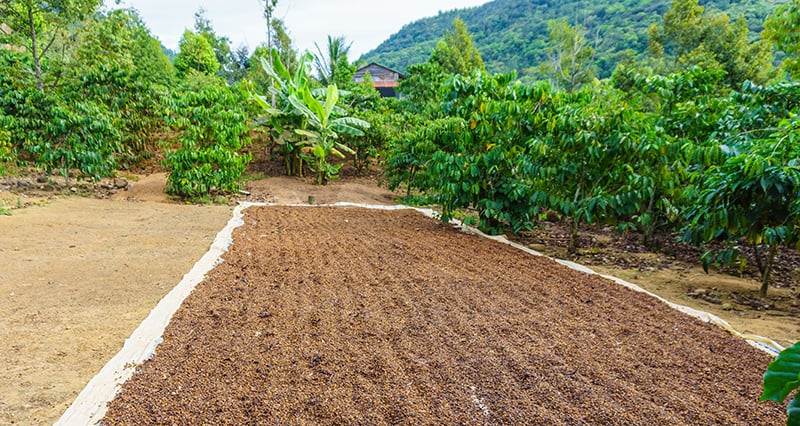
Then, it is time for the drying process. In Asia, they spread the bean harvest on a large screen or tarp and let it dry in the strong sun for 1-3 weeks.
Once those beans are dry, you can roast them. The roasting process is what changes the green beans into the dark brown color that you are familiar with. The raw beans are heated up by fire or special machines.
In fact, the roasting process heavily affects the taste of the bean. This is why coffee roasting is such a popular topic among coffee connoisseurs.
However, if you do not have a roaster, you can roast the beans over a fire in a pan. It is important that you constantly stir the beans while roasting so they do not burn.
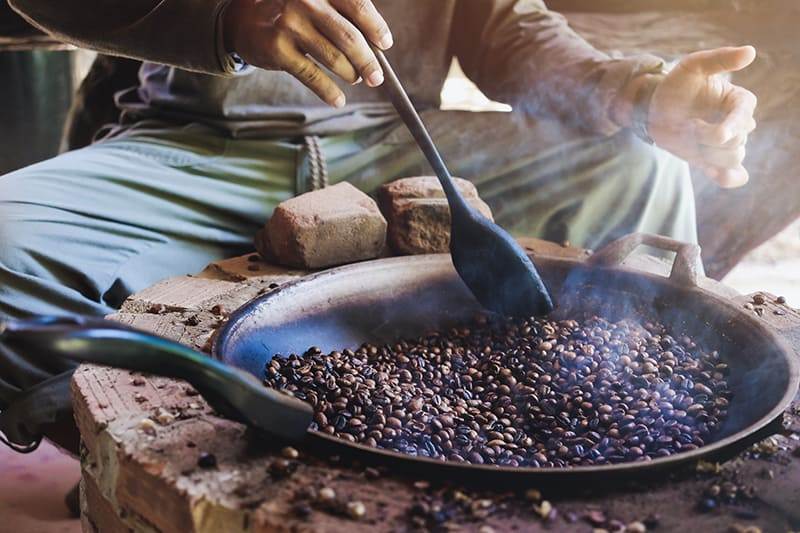
Once you do all that you can finally enjoy your fresh cup of coffee. In order to drink the coffee you need to grind the beans and use a drip filter or coffee machine.
Although it’s a long process, nothing beats the feeling of drinking a cup of coffee straight from your land! Enjoy!
Resources:
https://www.permaculturenews.org/2017/05/17/finding-sustainable-cup-coffee/
https://scribblerscoffee.com/blogs/news/the-history-of-coffee-part-1-africa
https://www.plantingtree.com/products/arabica-coffee-plant
https://perfectdailygrind.com/2019/08/a-producers-guide-to-pruning-stumping-coffee-trees/







